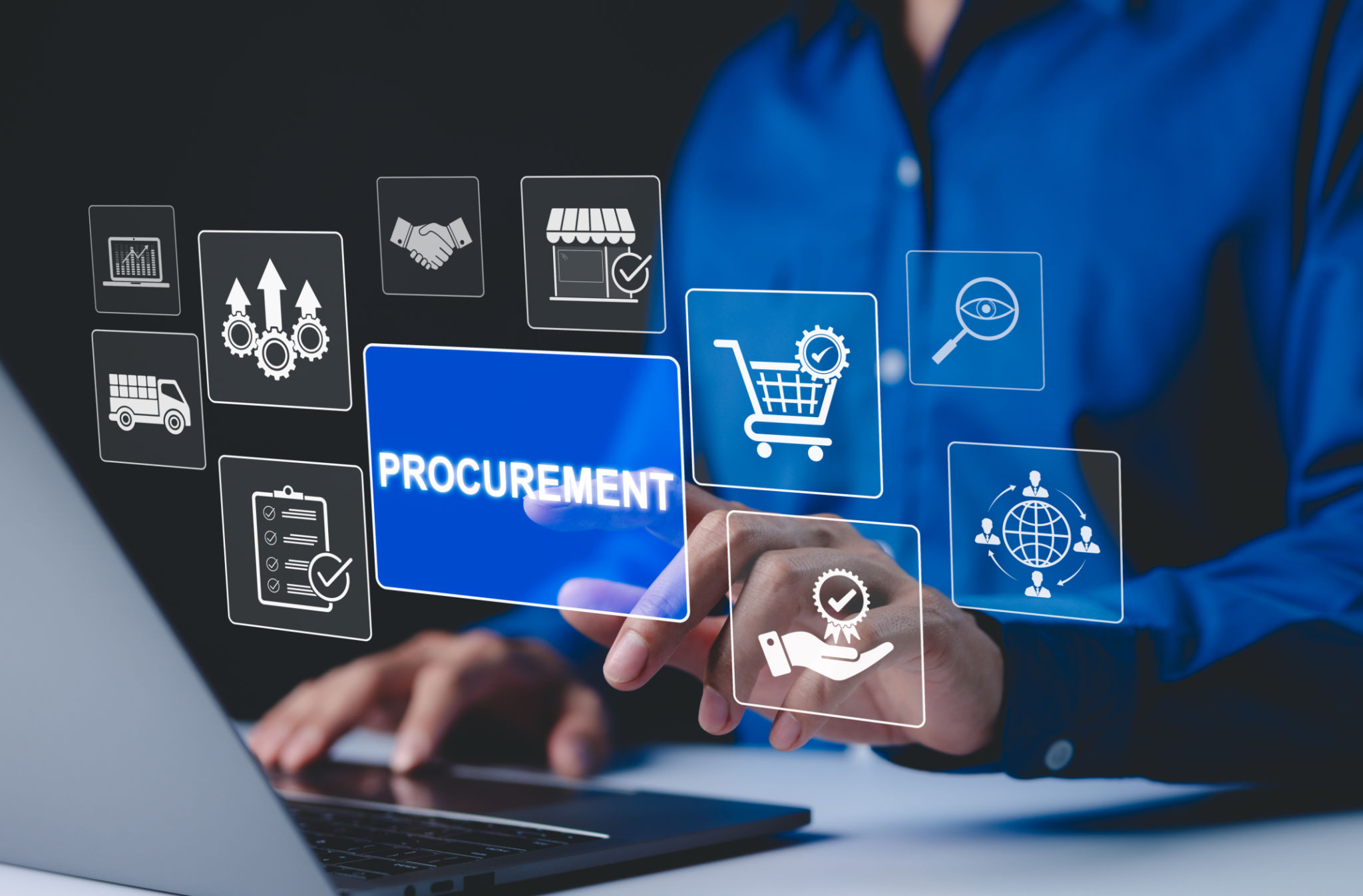How to Ensure Control and Compliance in Procurement
Understanding Control and Compliance in Procurement
Ensuring control and compliance in procurement is crucial for maintaining the integrity and efficiency of any organization. Procurement processes can be complex, involving multiple stakeholders, suppliers, and regulations. By establishing robust control measures and compliance frameworks, businesses can minimize risks, reduce costs, and enhance supplier relationships.

Implementing Effective Internal Controls
Internal controls are essential for safeguarding assets and ensuring accuracy in financial reporting. These controls help prevent fraud, errors, and inefficiencies in procurement operations. To implement effective internal controls, organizations should:
- Establish clear policies and procedures for procurement activities.
- Segregate duties to prevent conflicts of interest.
- Conduct regular audits to assess compliance and identify areas for improvement.
By focusing on these areas, businesses can create a controlled environment that fosters accountability and transparency.
Ensuring Compliance with Regulations
Compliance with regulations is a critical aspect of procurement management. Organizations must adhere to various laws and standards to avoid legal repercussions and maintain their reputation. Key steps to ensure compliance include:
- Staying informed about relevant laws and regulations.
- Training employees on compliance requirements.
- Conducting regular compliance checks and audits.

Leveraging Technology for Better Control
Technology plays a vital role in enhancing control and compliance in procurement. By leveraging advanced procurement software, organizations can automate processes, track spending, and monitor supplier performance more effectively. These tools provide real-time data and analytics, enabling better decision-making and risk management.
Moreover, technology can help streamline communication and collaboration between departments, facilitating a more cohesive approach to procurement management.
Building Strong Supplier Relationships
A strong supplier relationship is a cornerstone of successful procurement. By fostering open communication and collaboration with suppliers, organizations can ensure mutual understanding of compliance requirements. It is important to:
- Regularly review supplier performance and compliance records.
- Engage in transparent negotiations and agreements.
- Provide feedback and support to help suppliers meet compliance standards.

Continuous Improvement in Procurement Processes
Ensuring control and compliance is not a one-time effort but a continuous process. Organizations should strive for ongoing improvement by regularly reviewing and updating their procurement policies and procedures. This involves:
- Collecting feedback from stakeholders.
- Analyzing procurement data to identify trends and areas for improvement.
- Adopting best practices from industry leaders.
By committing to continuous improvement, businesses can maintain a competitive edge and achieve long-term success in their procurement activities.
In conclusion, ensuring control and compliance in procurement is essential for any organization's success. By implementing effective internal controls, staying compliant with regulations, leveraging technology, building strong supplier relationships, and committing to continuous improvement, businesses can significantly enhance their procurement processes. These efforts not only protect the organization but also contribute to its overall growth and sustainability.
